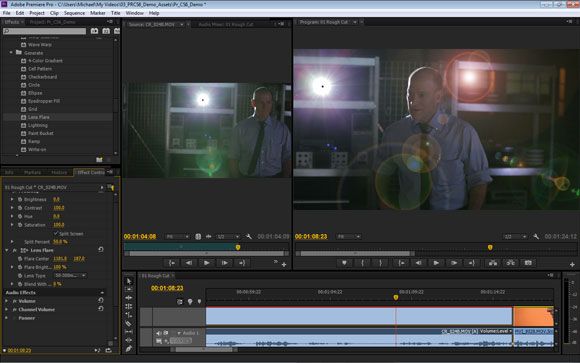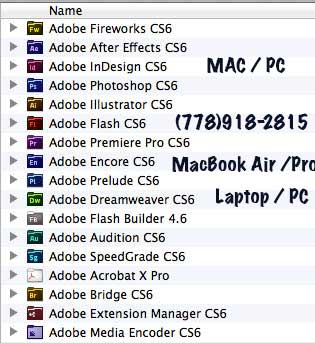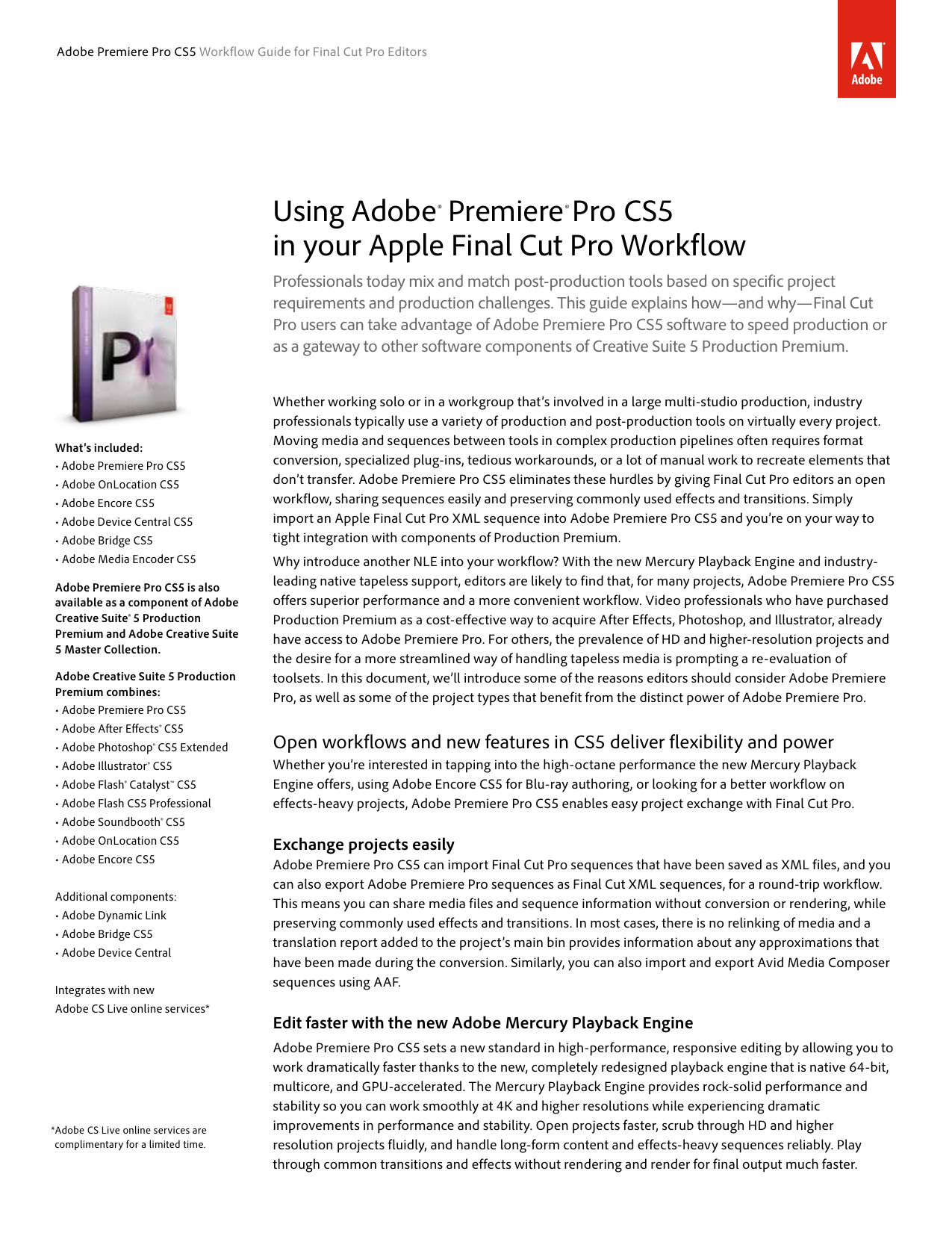
Not only is the Mercury Engine a tremendous boon for previewing and playback, even on a laptop – it speeds up rendering for output as well. However, without the Mercury Engine, the sequence played, albeit dropping numerous frames throughout. We could scrub back and forth, start and stop, and still, playback was flawless. How much faster can you work with this Mercury Engine? To give you an idea, we stacked up nine 720p shots in a picture-in-picture arrangement, and with the Mercury Engine engaged, the entire sequence played without dropping a single frame, even at full resolution. Choose to see full rez when you pause to check focus or detail in a specific shot, then select a lower resolution when playing back.

Making life even easier is Premiere’s new control that lets you separately adjust the resolution of the video when it’s paused, or when it’s playing. Besides, few content creators have a monitor big enough to watch them in full resolution, anyway.

That lower resolution playback is good enough, though, because even at quarter-rez, those high-resolution files still look great. However, with some of the gigantic RED files, I had to play back the timeline at quarter-rez, or I’d get frame drops and stuttering. Previewing those same sequences with Mercury turned off, there were frames dropping and stuttering just like in the old days.Įven with effects-heavy sequences with huge files, I still got smooth playback. I used a variety of footage from the RED camera, various 720p camcorders, video from the Canon 5D digital SLR, DVCPro HD, and XDCAM, and all were easy to play back with the Mercury Engine on. What kind of speedup can you expect from Mercury? Frankly, I was astonished at the difference it makes. So save your money if Premiere’s your game. And here’s a helpful hint: if you’re choosing a graphics card for use in Premiere Pro only, Adobe told me you’ll enjoy almost exactly the same Mercury Engine performance out of the cheaper Quadro FX 3800 graphics card (the one I used for testing here) as you would from the highest-end, much pricier Quadro FX 5800.

Unfortunately, those who would rather use ATI graphics cards don’t get to share in the tremendous benefits of Mercury, but Adobe says that might change sometime in the future.įor now, if you’re using one of a limited group of NVIDIA graphics cards (including the Windows-based versions of the Quadro CX, Quadro FX 58, and the Windows and Mac-compatible NVIDIA GeForce GTX 285 and Quadro FX 4800, then you’re in business with Premiere Pro CS5’s Mercury Playback Engine. The company teamed up with graphics card giant NVIDIA, using that company’s multithreaded Cuda graphics architecture that uses the GPU (graphics processing unit), to significantly accelerate both previews and rendering in Premiere Pro. For the past three years, Adobe has been secretly working on what it calls the Mercury Playback Engine.


 0 kommentar(er)
0 kommentar(er)
